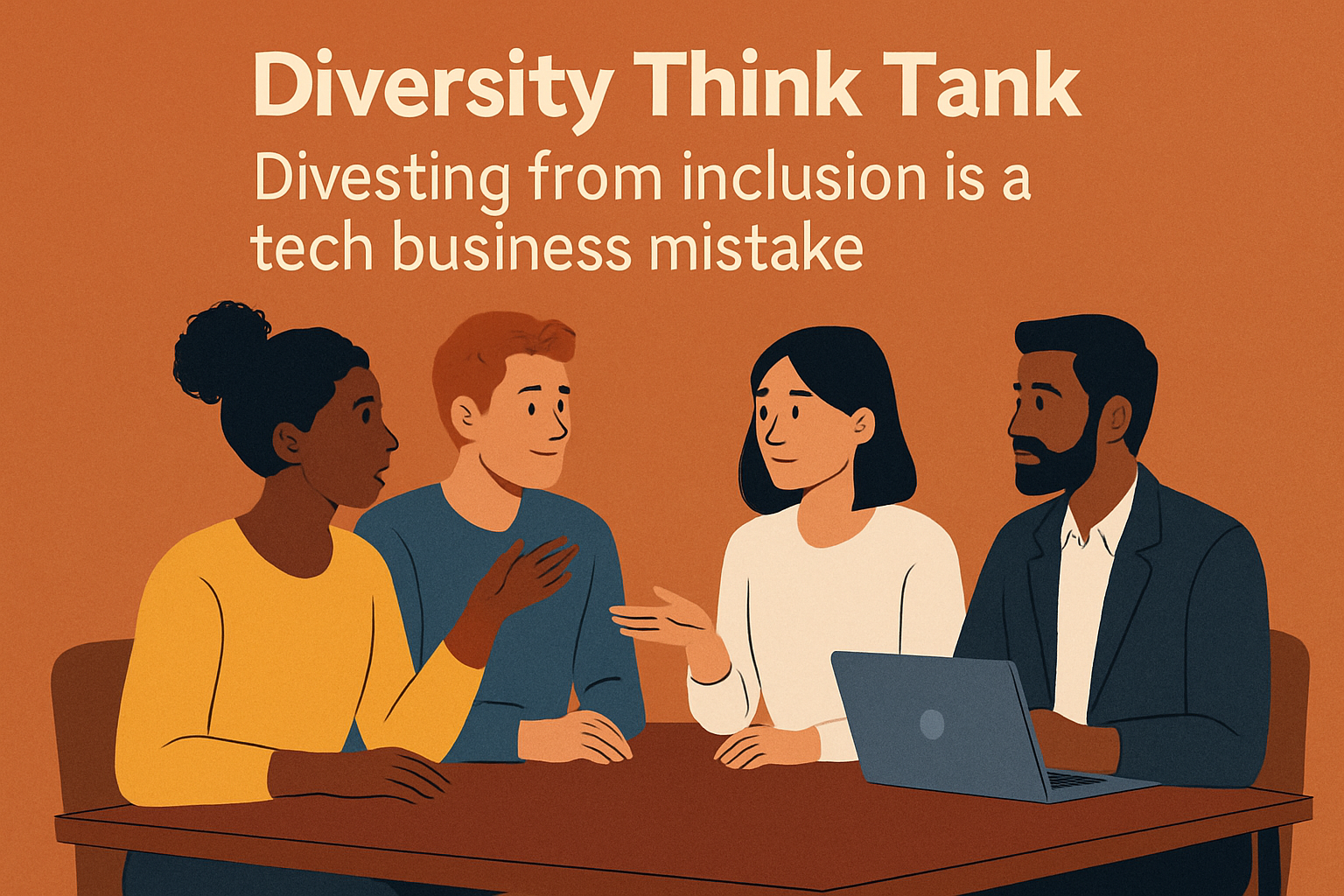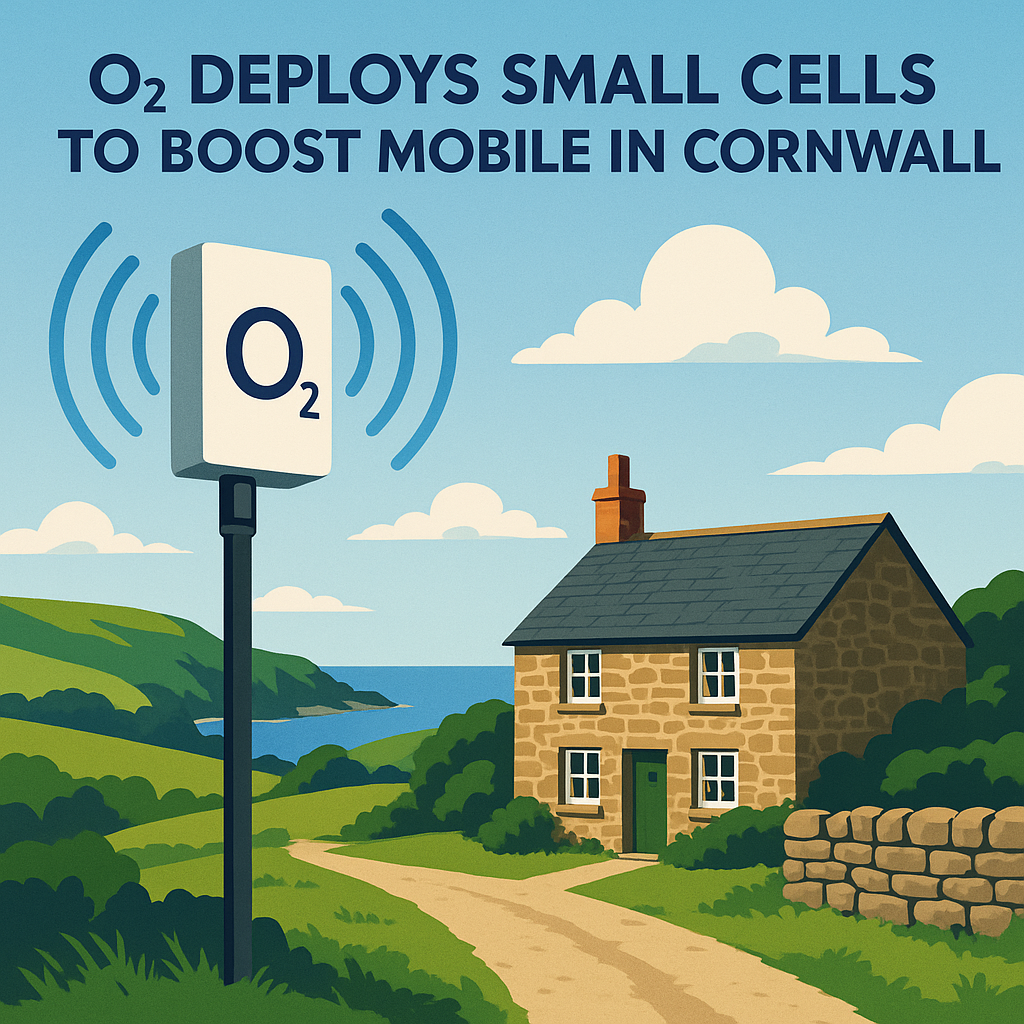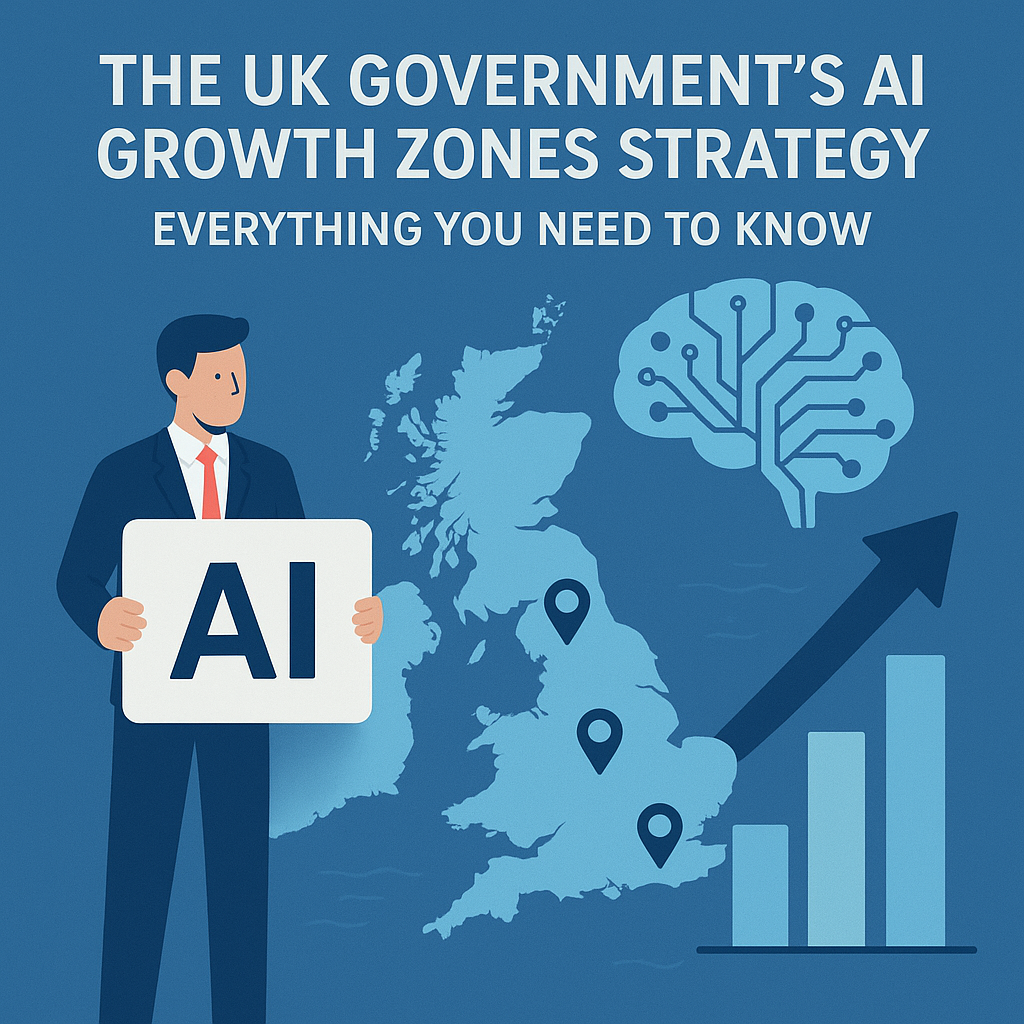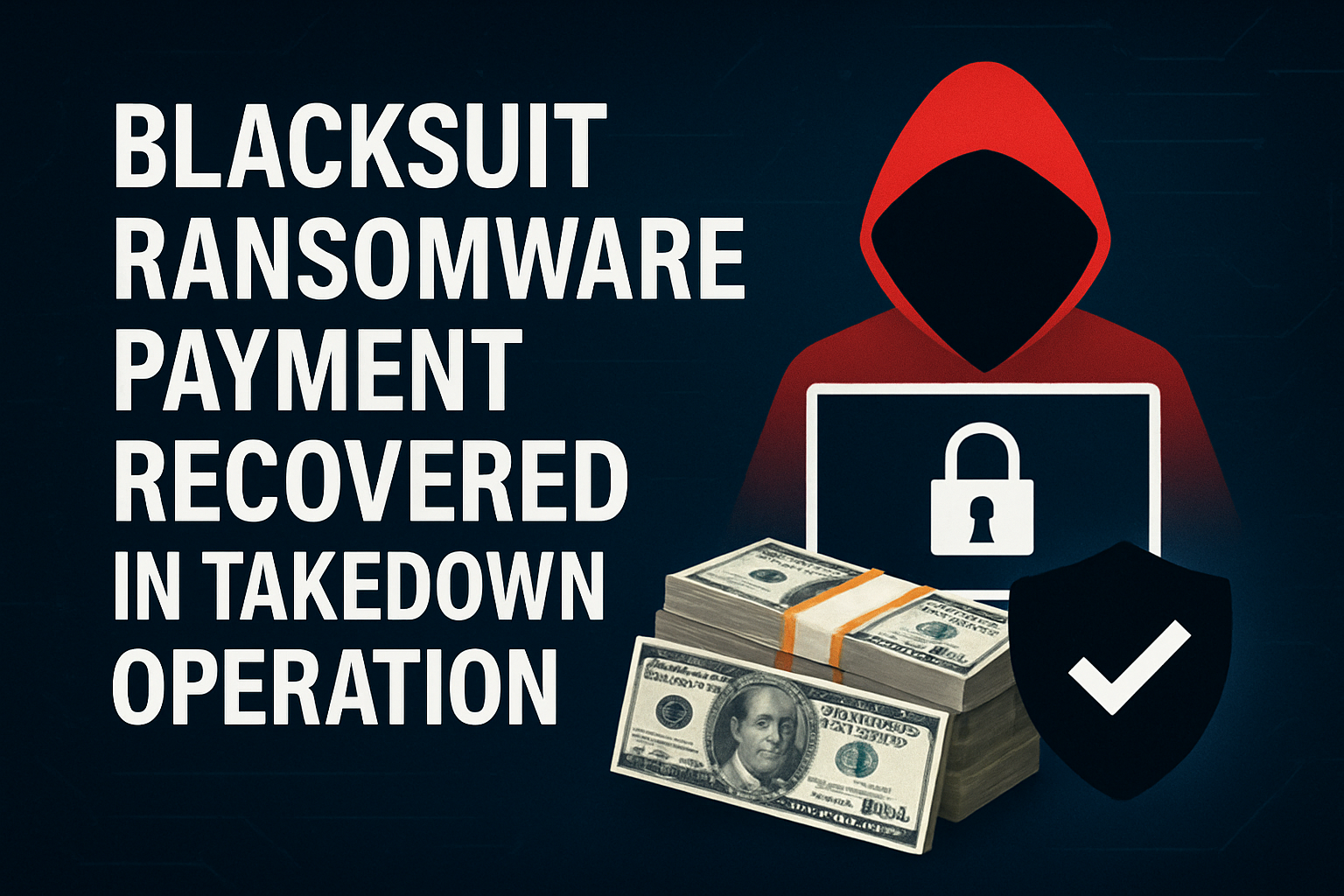Introduction
Tech leaders pride themselves on tackling hard problems with clear thinking. They set bold roadmaps, scale new systems, and iterate fast. Yet many of those same leaders treat inclusion as optional: a side project to pause when budgets tighten or product timelines slip. That is a misread of how high performing organizations actually work. Inclusion is not a feel good initiative. It is a core operating principle that shapes hiring, retention, product quality, risk posture, and brand trust. When companies pull back from inclusion, they do not freeze culture in place.
They tip it in the wrong direction and invite costs that are slow and painful to unwind. This article treats inclusion the way an engineer or operator would: as a design problem with inputs, constraints, metrics, and failure modes. You will find clear definitions, practical levers, measurement guidance, and an implementation playbook you can apply whether you run a 20 person startup or a global platform team.
What Inclusion Really Means In A Tech Context
Inclusion is the design of systems, habits, and incentives that allow people with different backgrounds and working styles to contribute at their full potential. It is broader than diversity. Diversity asks who is in the room. Inclusion asks what happens once people are in the room. Equity sits alongside inclusion and ensures the processes that govern opportunity and reward are fair and produce fair results.
In practical terms, inclusion centers on a few levers that define day to day experience. Talent systems guide how candidates are sourced, how interviews are run, who sits on panels, how hiring decisions are made, how promotions are calibrated, and how compensation is evaluated. Leadership behaviors determine how managers set expectations, model respect, address microaggressions, sponsor rising talent, and respond when mistakes happen. Product and research practices define how teams identify users, test for edge cases, consider accessibility, audit models for bias, and validate safety scenarios before launch.
When these levers are well designed, employees feel respected, they receive fair chances to grow, and they can participate fully in the work. When they are ignored, you get predictable outcomes like attrition spikes in underrepresented groups, stalled promotion pipelines, inconsistent performance ratings, and products that miss real world use cases.
Why Inclusion Drives Performance Rather Than Slowing It Down
A common myth says inclusion slows teams with extra meetings or new rules. The opposite is usually true when you approach it as an operating system. First, inclusion reduces unplanned work. Confusing interview loops, subjective promotion practices, and uneven feedback create rework and churn. Clean, transparent processes cut that waste. Second, inclusion increases option value. Teams that welcome different viewpoints surface risks earlier, which prevents recalls, security incidents, and reputational damage that can set a roadmap back by quarters. Third, inclusion improves learning rate.
A psychologically safe team interrogates its own assumptions. That leads to faster course corrections, better postmortems, and more resilient architectures. There is also a cost story. Recruiting is expensive and time consuming. Replacing an engineer who leaves because they feel sidelined can cost multiples of their annual salary when you factor in lost context, onboarding, and delayed projects. Retaining that engineer by fixing a broken promotion process is cheaper and better for customers.
Common Misconceptions That Quietly Undermine Inclusion
The most damaging beliefs often sound reasonable. Here are four you can expect to hear and how to address them with facts and structure. Merit will sort itself out: Merit requires consistent criteria and calibration. Without that, you measure comfort and familiarity rather than performance. Standardizing rubrics, anonymizing early screens, and running regular calibration sessions turn vague “fit” into documented evidence. We will do it after we ship: Your systems are never frozen. New hires arrive, managers turn over, priorities shift. Deferring inclusion is like deferring code review.
The defect does not disappear. It grows. We are too small for this: Small companies are where norms set fastest. A five person interview loop can build a scalable habit now or bake in bias that becomes costly to unwind later. We already hired diverse talent: Diversity without inclusion is leakier than a bucket with holes. Unless promotions, feedback, and recognition are truly fair, your new colleagues will not stay and will not recommend your team to their network.
Designing Inclusive Talent Systems
Start with job definitions. Write role expectations as concrete outcomes and skills rather than vague traits. Replace shorthand like “rockstar” with specific deliverables: for example, “design and ship a service that handles X requests per second under Y latency target.” Shorten the required qualifications list to the skills truly needed to perform the job in the first year. Treat the rest as trainable.
Structure your sourcing plan. Mix referrals with targeted outreach and partnerships that broaden your candidate pool. When you only fish in one pond, you get the same fish. Track sources and conversion rates so you can see where you are over reliant and where you are missing talent.
Engineer the interview. Define competencies, assign them to interviewers, and provide question banks with scoring guides. Avoid duplicating the same assessment five times. Include practical exercises that reflect the role rather than trivia. Time box debriefs, require written evidence for ratings, and keep veto power limited to objective criteria that tie back to the rubric.
Leadership Behaviors That Convert Policy Into Daily Practice
The moment a deadline looms is when habits show. Leaders who stay calm, thank people for raising risks, and ask clarifying questions teach the team how to handle conflict without blame. That keeps issues visible and solvable. Intervene on microaggressions. You do not need a perfect script. A simple interruption that names the behavior and pivots back to the content sends a signal of safety. Over time the team learns what is acceptable, and incidents decrease.
Sponsor, not just mentor. Mentorship is advice. Sponsorship is action. Name rising talent in promotion rooms, assign them visible projects, and give them credit in public forums. Sponsorship is one of the most powerful equalizers in any organization. Close the loop on mistakes. When leaders apologize for their own missteps and outline what will change next, they make learning contagious. The goal is not perfection. It is accountability.
Product and Research Practices That Turn Inclusion Into Better Tech
Inclusive product development starts where many teams currently stop: with a precise definition of the user and the context in which the product operates. Expand user definitions. Write user stories that include mobility, bandwidth, device variety, language, and assistive technology. Test with real users who reflect these conditions, not just idealized personas.
Audit data and models. If you build machine learning systems, trace your dataset lineage, document sampling methods, and evaluate disparate impact across groups. Run failure mode and effects analysis for safety critical scenarios. A small investment during model development saves reputational damage when issues surface in production.
A Practical Playbook To Implement Inclusion In Ninety Days
You can do a lot in one quarter without stalling product work. Treat the plan as a set of weekly sprints. Week one to two: baseline your systems. Map hiring flows, interview panels, promotion criteria, and pay review mechanics. Pull one year of data on offers, promotions, and attrition. Document what is written and what is folklore. Remove unnecessary degree requirements. Add structured rubrics to interviews. Train interviewers on evidence based scoring.
Publish team norms for meetings and code reviews. Add accessibility checks to pull requests or release gates. Week seven to ten: create feedback loops. Stand up a monthly calibration for promotions and a quarterly pay equity review. Launch a short pulse survey with two questions: do you feel respected and able to do your best work, and if not, what would change that. Share the results and the first actions you will take.
Week eleven to thirteen: invest in sponsorship. Identify high potential employees across teams. Assign them to visible projects with clear success criteria. Ask senior leaders to present two specific sponsorship actions they took during the quarter. This is not theory. These steps are small, specific, and compatible with busy roadmaps. They create momentum because people feel the difference quickly.
Handling Pushback and Change Fatigue
You will hear that the team is too busy, that the product is in a critical phase, or that the numbers are fine. Acknowledge the pressure and then connect inclusion to risk and delivery. Show how a structured interview saves time. Show how accessibility defects discovered post launch created rework. Show where attrition stalled a critical initiative.
People change faster when they see the operational cost of staying the same. Also, make it sustainable. Pick a few priorities and do them well rather than launching ten new programs. Tie each action to an existing ritual like quarterly business reviews or release checklists. When inclusion rides on familiar rails, it sticks.
Governance, Risk, and the Role of the Board
Unclear processes correlate with employee relations issues, regulatory scrutiny, and product incidents. Treat inclusion metrics like any other risk control. The board should receive regular reports, ask about owner accountability, and verify that corrective actions close on schedule. Legal and compliance teams are allies when they see inclusion framed as system reliability rather than public relations.
Conclusion
Inclusion is not a side project for calmer quarters. It is an operating system that determines how fast you hire, how well you retain, how safely you ship, and how strongly customers trust you. If you approach it with the same rigor you bring to architecture reviews and incident response, you will see the same benefits: fewer defects, clearer ownership, faster recovery, and a higher performing team.
Start small, measure what matters, and make your first quarter count performance. Write the norms, structure the interview, calibrate promotions, and build sponsorship into your leadership routine. You will feel the change in meeting rooms and see it in product metrics. That is what it looks like when inclusion moves from a talking point to a durable advantage.









